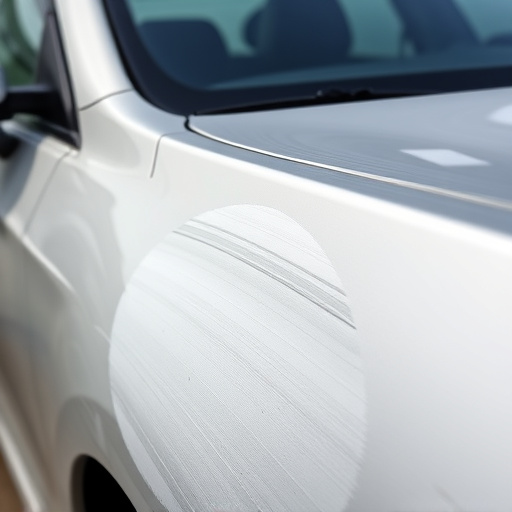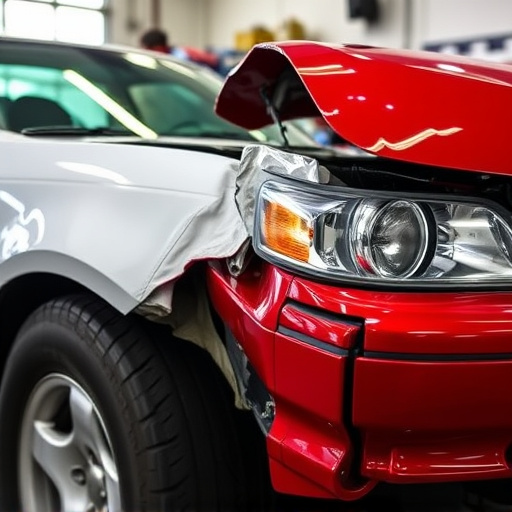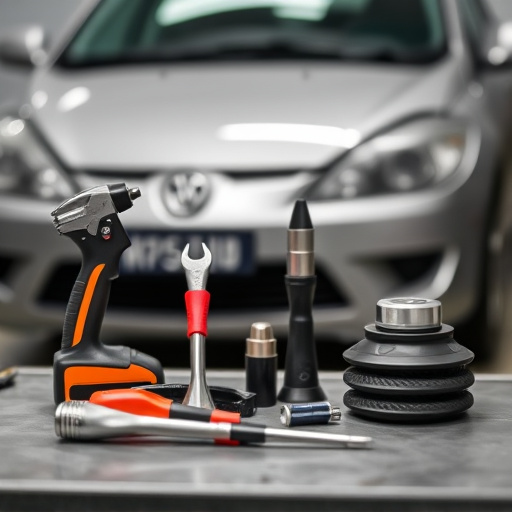In today's digital era, electronic diagnostics systems in vehicles are crucial for safety and post-collision repair. These systems monitor vital parameters and guide damage assessment. Repairs or replacements, from dent removal to advanced electronics, require specialized knowledge. Insurance companies cover costs for electronic diagnostics damages, including sensors, control units, and communication networks essential for modern safety features. Promptly report an electronic diagnostics collision to your insurer, review repair estimates, and clarify coverage details to ensure comprehensive restoration of both physical and electronic components.
In today’s digital age, vehicles are more technologically advanced than ever. Electronic diagnostics play a crucial role in modern vehicle repairs, with costs associated with these components rising. This article explores how insurance covers electronic diagnostics collision costs. We’ll delve into understanding electronic diagnostics, the scope of insurance coverage for related damages, and navigating claims processes when these components are affected in accidents. By understanding these aspects, folks can ensure they receive adequate compensation for their electronic diagnostics damage.
- Understanding Electronic Diagnostics in Vehicle Repairs
- Insurance Coverage for Collision-Related Electronic Component Costs
- Navigating Claims: What to Expect When Filing for Electronic Diagnostics Damage
Understanding Electronic Diagnostics in Vehicle Repairs

In today’s digital age, vehicles are increasingly equipped with sophisticated electronic diagnostic systems that play a crucial role in their overall performance and safety. These systems, ranging from engine control units to advanced driver-assistance systems (ADAS), provide real-time data on various vehicle parameters. When a collision occurs, these electronic diagnostics become essential tools for accurately assessing the damage and guiding the repair process. Understanding how these systems function is key to comprehending the intricacies of modern vehicle repairs, especially in the context of an electronic diagnostics collision.
A significant portion of auto maintenance involves repairing or replacing components affected by collisions. This includes not just physical damages like a vehicle dent repair but also intricate electronic failures. For instance, sensors, cameras, and radar modules used in ADAS might need calibration or replacement after a crash. Car paint services, while addressing the visible aesthetics, must work hand-in-hand with electronic diagnostics to ensure that once a vehicle is painted, all connected systems function seamlessly. Insurance companies recognize the importance of these advanced systems, ensuring that coverage for electronic diagnostics collision costs is comprehensive and up-to-date with the latest technological advancements in vehicle repairs.
Insurance Coverage for Collision-Related Electronic Component Costs

Insurers typically cover the cost of repairing or replacing electronic diagnostics systems when a vehicle is involved in a collision. This coverage extends to various components that are integral to modern vehicles’ advanced systems, such as sensors, control units, and communication networks. When a collision occurs, these electronic parts might be damaged or rendered obsolete due to the accident’s impact, necessitating replacement or sophisticated repair techniques.
Many policies underwrite the expense of getting a car back on the road in top condition, including the intricate electronics that regulate safety features like airbags, anti-lock braking systems (ABS), and electronic stability control (ESC). Some insurers even offer specific coverage for high-tech components, ensuring customers don’t bear the brunt of the cost when it comes to advanced driver assistance systems (ADAS) or infotainment systems. This comprehensive approach ensures that collision center repairs not only fix physical car damage but also restore the vehicle’s electronic capabilities, enhancing safety and comfort during future drives.
Navigating Claims: What to Expect When Filing for Electronic Diagnostics Damage

When filing a claim for electronic diagnostics collision damage, it’s important to understand the process and what to expect. The first step is to contact your insurance provider as soon as possible after the incident. They will guide you through the necessary steps, which typically involve reporting the accident, providing details about the damage, and potentially scheduling an inspection. Be prepared to share information about the collision, such as the date, location, and circumstances, along with any relevant details regarding the electronic diagnostics systems in your vehicle.
After filing the claim, you’ll receive an estimate for the repair costs, which should include both the physical car body repair and the specialized fleet repair services required for the electronic diagnostics. It’s crucial to review this estimate carefully and clarify any concerns with your insurance representative or the collision repair center. They can explain the process of repairing or replacing faulty components, ensuring that you understand the coverage limits and deductibles applicable to your policy.
In conclusion, understanding how insurance covers electronic diagnostics collision costs is paramount in today’s automotive landscape. With vehicles becoming increasingly complex, ensuring proper coverage for electronic component repairs is essential. By navigating claims effectively and knowing what to expect, car owners can streamline the process and restore their vehicle’s functionality without undue financial strain.














